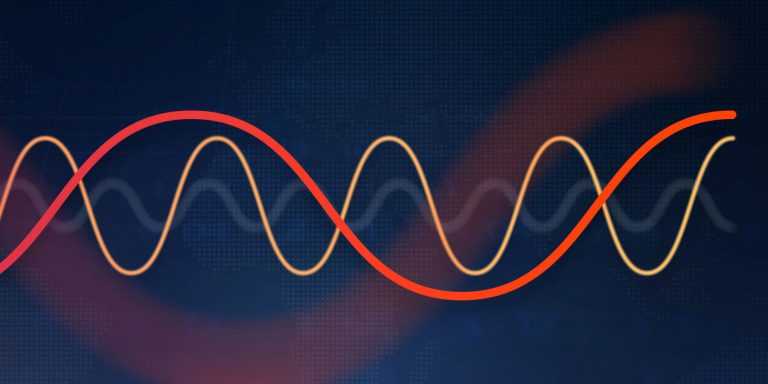Have you ever caught yourself applying multiple indicators to your chart, the more the better, hoping for a positive outcome? Have you ever wondered if you are using the right combination of indicators?
If you are still confused about what indicators are there for, how to use them and when it is better to apply one or another, this article is for you. Let’s break it down, making it as easy as possible to start applying technical analysis to your chart right now.
Why to use indicators?
Technical indicators are applied to the price chart in order to analyze the past price movements and predict the future ones. Each indicator is basically a set of mathematically defined functions and conditions, their results then project on the price chart itself or on a separate area beneath it.
Technical indicators are of great use for short-term traders. As they are not capable of keeping track of fundamentals (earnings reports, news, socio-economic changes etc.), they are of limited use for long-term investors.
It is important to understand how to classify indicators and how to combine different types correctly. Proper application of indicators can help get a more accurate prediction of the future price movement. In general, it is essential to understand how indicators work, what are their limitations and what you need to consider when using them in trading.
Two major categories of indicators are trend-following indicators and oscillators.
Trend-following indicators
Trend-following indicators smooth out the price noise and locate the trend line on the price chart itself. They are based on the past performance of the asset. They can also help in determining the trend strength.

True to their name, trend-following indicators can help traders determine the direction of the future trend and make a decision regarding the entry. Most popular trend indicators include Moving Averages, Bollinger Bands, Alligator, Parabolic SAR, and Ichimoku Cloud. It is easy to tell trend indicators from indicators of different types, as they are usually displayed on the chart itself, whereas oscillators are located below the chart.
Oscillators
Oscillators, in turn, help traders determine short-term overbought or oversold levels. They are useful at finding trend reversal points, as the asset price has a tendency of leaving overbought or oversold areas after a while.

Oscillators are not as effective in a trending market and they are best used when the chart is not showing a strong trend in either direction. They generate entry and exit signals at the moments when the asset price strays too far from its current range. The most popular oscillators include RSI, Stochastic and Awesome Oscillator.
How to combine?
In order to combine indicators successfully, you have to define the type of the indicator you are about to use. Why? Because by using several indicators of the same type you end up with duplicated signals — and more is definitely not better in this case, as those signals cannot be used to confirm one another.
The rule you may want to remember is that the optimal combination involves indicators that complement, not repeat each other. Using more than 3 or 4 indicators on one chart may be unnecessary. So choose fewer, but do it wisely. And don’t forget that no matter what indicators you use, they can provide false signals from time to time. It is your duty as a trader to distinguish true and false signals.
You may also combine your indicators with fundamental analysis for a more complete picture.

